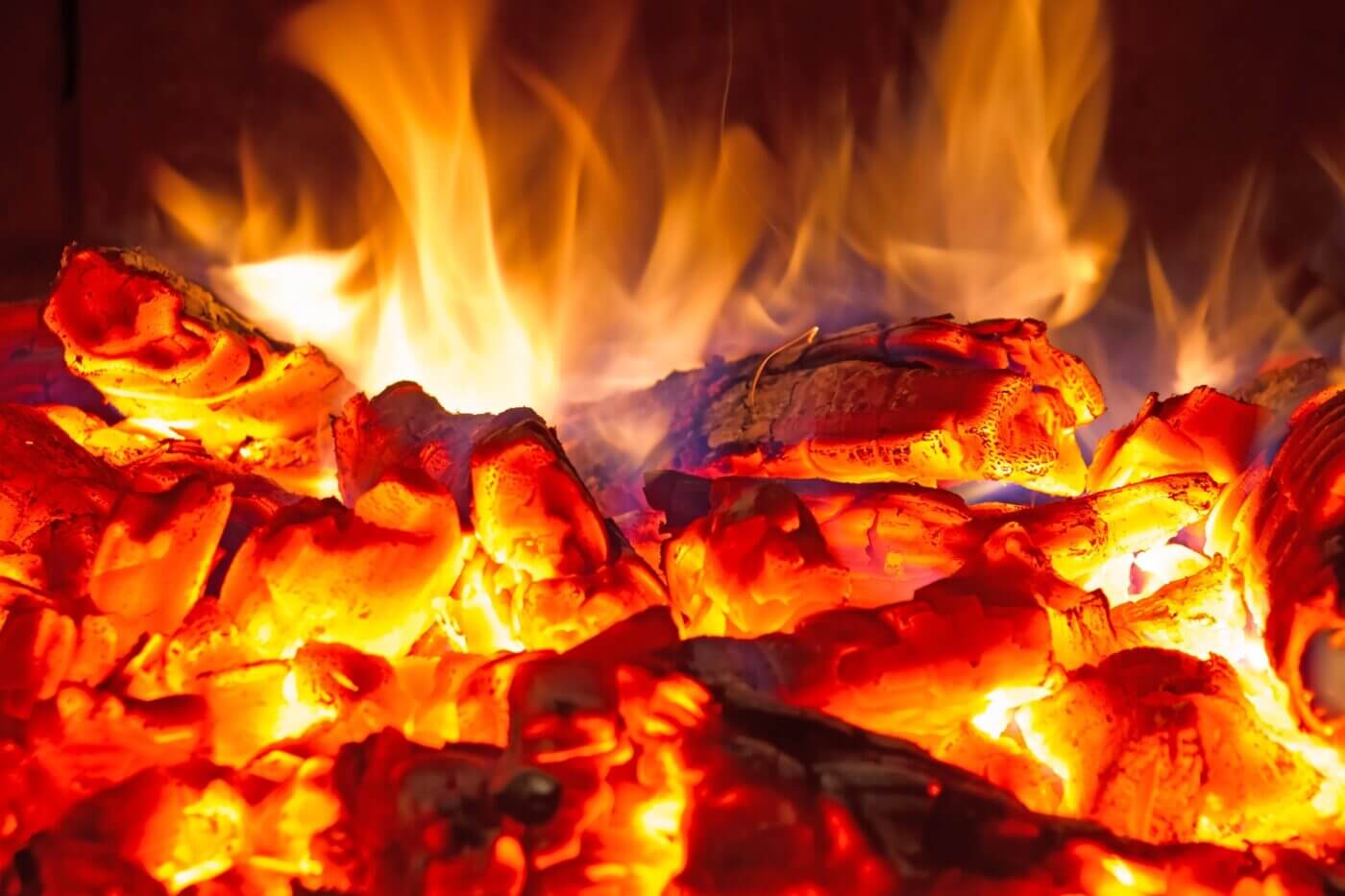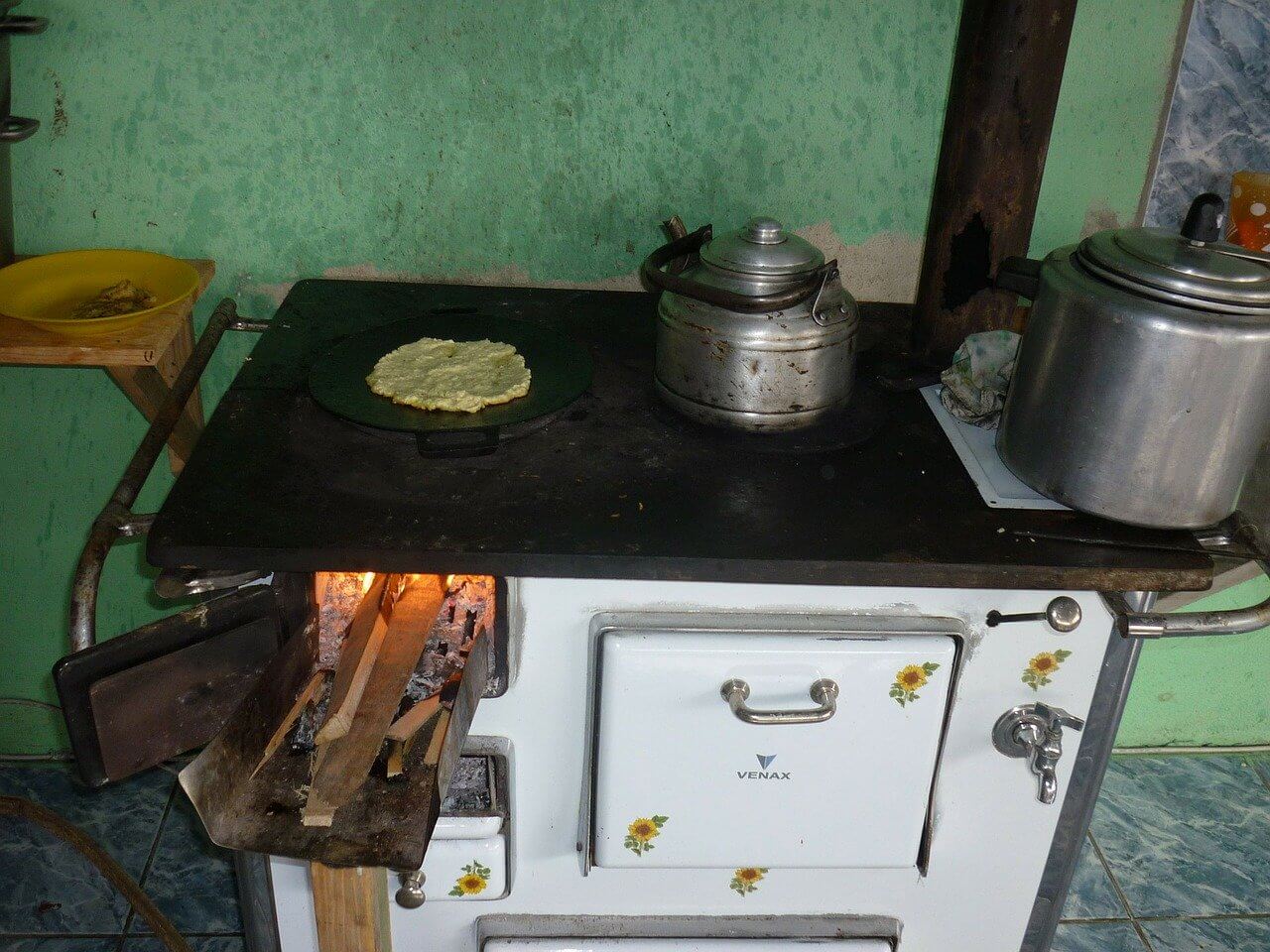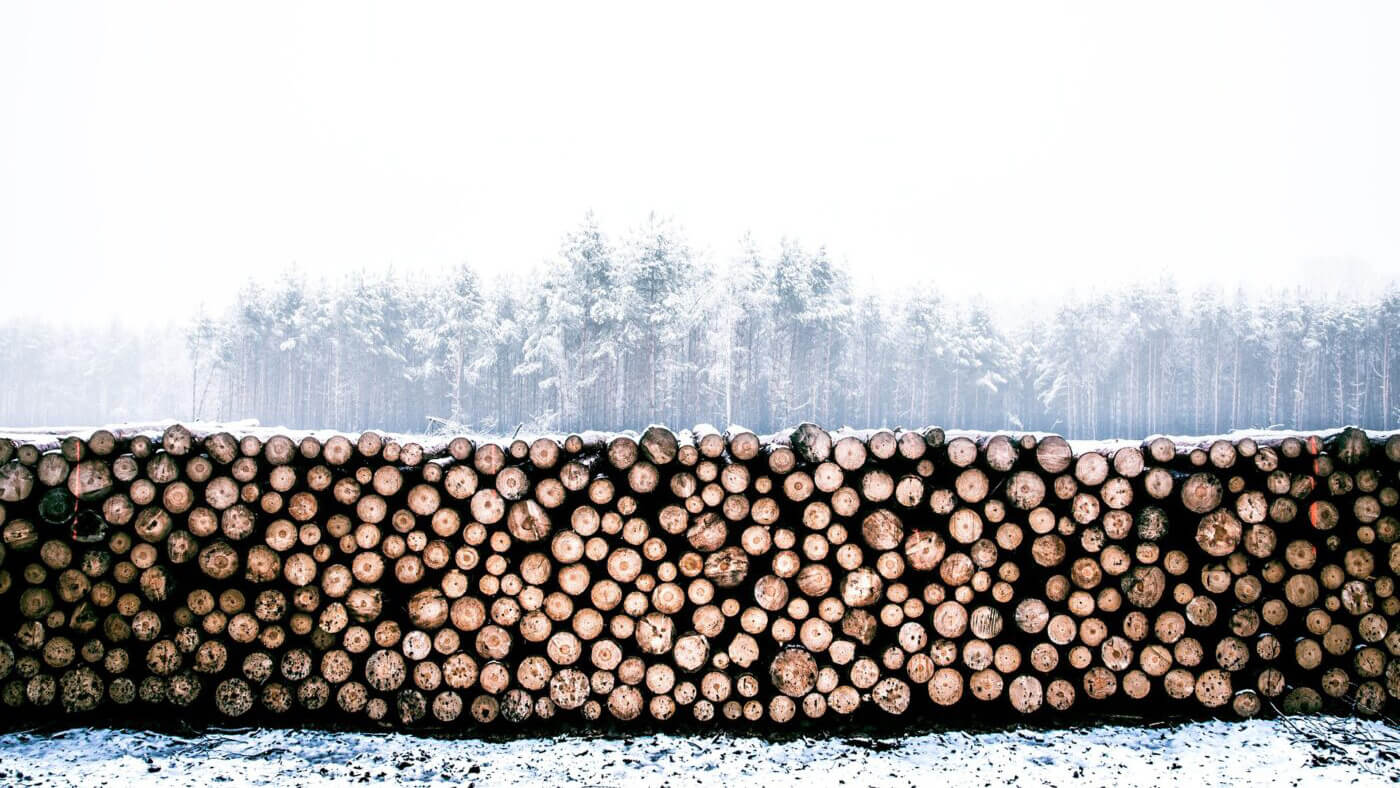The Best Survival Fuel?
October 18th, 2020
4 minute read
Wood heat is one of the most popular methods of keeping your house warm during the winter. A 2011 survey found that in many states, the number of people in the U.S. who use wood as their primary heating fuel almost doubled over the previous decade. Wood is cheap, plentiful and efficient.

If you’ve recently moved out of the city or are just looking to change to wood fuel, you might be asking yourself how much wood you should have stocked up for the winter. As much as with just about any other type of supplies, the answer depends on your situation.
Understanding Your Needs
In order to understand how much wood you’ll need to have, you’ll first have to answer some specific questions about where you live — not just the location, but your home as well.
- What’s your location?
- What is the average winter temperature there?
- What is the average snowfall?
- What’s a “bad winter” look like?
- How many square feet is your home? How many floors?
- How often do you plan to use the woodstove?
- Will wood be your primary heat source?
- What kind of wood is available in your location?
- How efficient is your stove?
All of these answers matter. If, for instance, you’re in northern Alabama, you may just need to start a fire occasionally. In most parts of Montana, however, you can expect to run your stove pretty much non-stop for eight months out of the year.

Keep in mind that no matter what your average winter is, there is always the chance for that fluke cold spell or blizzard that can cut into your wood supply unexpectedly. It’s always a good idea to plan for several of those throughout the year. If you end up with extra wood at the end of the winter, that’s never a bad thing.
How Much?
Once you have a handle on your situation, it’s time to do some math — but just a little. The average 1,000 sq. ft. home requires about three cords of wood for an average winter. One full cord, in wood volume terms, is four feet high, eight feet long and four feet deep — not to be confused with a face cord, which is about one-third that size.

A 2,000 sq. ft. home, therefore, will need about six cords of wood as a basic rule. Depending on your answers to the questions above, you may need slightly less or slightly more. Always, however, err on the side of more. You don’t want to get caught in mid-March with the last freak blizzard of the year with no wood unless you want to pay exorbitant prices or spend all day harvesting it yourself.
Sourcing Your Supply
Firewood burns hotter and cleaner when it’s dry, and that often means letting it sit for a few months or even a year. That doesn’t mean you can’t switch to wood for this winter, but it means that you’ll want to plan for less efficient and dirtier heat that first year.
There are several places to find firewood. Social media marketplaces often have firewood for sale; the price per cord differs by location and type of wood but can range from $50 to $200 per cord. Some sellers will deliver and stack as well. If you find yourself needing to get an emergency cord or two at the end of winter, expect to pay a lot closer to the high end.

On our own homestead, we alternate between fir, pine and other evergreens because that’s what is readily available. It means a lot more chimney cleaning and maintenance than the hardwoods we used back in northern Wisconsin.
You can also go get your own firewood. If you live near a national forest, you can often get a firewood permit. It’s usually good for a set amount of time (months or a year) and a set amount of wood — far more than you’ll need for a winter. You’re free to go chop down and collect firewood up to the amount of your permit.
If you own forested land, harvesting trees for firewood is an excellent way to engage in both fire protection and forest maintenance. Even doing one tree per weekend starting in April can often net you enough for winter — or get you well on your way.
Conclusion
There are few things cozier than a wood-heated home. With a little preparation you could ensure that no matter how much snow is blowing around outside, you and your family are completely snug — and that’s one less thing to worry about.
Editor’s Note: Please be sure to check out The Armory Life Forum, where you can comment about our daily articles, as well as just talk guns and gear. Click the “Go To Forum Thread” link below to jump in and discuss this article and much more!
Join the Discussion
Continue Reading
Did you enjoy this article?

 63
63






